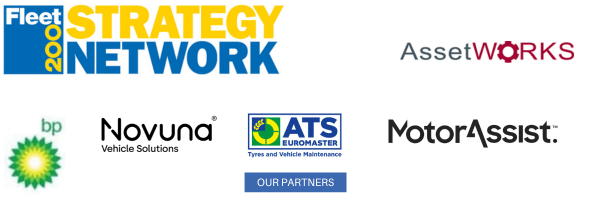 The quality of leadership/support from the top affect the culture of fleet management within your company?
The quality of leadership/support from the top affect the culture of fleet management within your company?
It is vital to get senior/board level support in order to push through any changes at fleet level - the stronger and higher the message the more impact it is going to have when it gets down to the fleet management level and ultimately to the drivers.
This was the conclusion in a debate with fleet decision-makers at the November Fleet200 Executive Club virtual meeting.
Further points raised:
Fleet is not always top priority. Whilst fleet managers "live and breathe fleet", this is not the case for higher management who have a multitude of other tasks and departments to oversee and are too removed from the operational side of things.
This can be particularly true when fleet plays a supportive rather than a core role within the company as in distribution, utilities etc. Fleet can often just be seen as a tool or asset required to do job and even worse – a drain on costs.
Also a fleet that is efficiently run, with little ‘noise’, does not always reach the ears of senior management.
The level of support can also depend on where fleet sits within the company, with the importance of cost over safety will be greater in those that report to procurement or finance than HR. The reporting stream can also impact the way any messages are communicated to the drivers.
Important to see the value of fleet to the drivers – whereas van and HGV drivers will view themselves as professional drivers, this is not the case with car drivers even if they are doing high mileage and driving is probably the most dangerous activity they undertake.
How have you been able to get better buy-in from the top to new initiatives (e.g. safety, environmental, cost-related)? How do you get their attention?
Cost and environmental initiatives tend to be easier to get support than safety.
Whilst availability has been as issue, fleet has a role to play in supporting their company green/environmental credentials with the move from ICE to alternatively fuelled vehicles with lower CO2, although this is currently limited to cars and vans than larger HGVs.
Drivers are also seeing a benefit from this through lower BIK tax, which in turn is leading to more drivers moving back into the company car scheme from cash allowance.
This is having an impact at all levels including senior/board which in turn gives fleet greater exposure and support, particularly as the range of models available means they are able have their car of choice within their allowance band. There is however a challenge in securing suitable alternative fuel models at the right price for the lower paid staff who often tend to be doing the higher mileage.
More efficient vehicles together with more efficient driving ultimately leads to cost saving for the company.
Safety tends to take greater precedence where HR has a greater involvement in fleet. Whilst safer drivers can help in cost reduction companies have a corporate and moral responsibility for the safety of their drivers. The importance of training and longer vehicle handovers for drivers moving from ICE to EV and hybrid vehicles should not be underestimated.
Top tips for getting senior management support:
- Put the business case forward; demonstrate what you have achieved and could be going forward. Obtain external funding i.e. through insurance for safety courses
- Get a champion – Someone at senior level that understands what you are trying to achieve and wants to work with you. Form a stakeholder group
- Start small – successes will open doors further up
- Case studies – support from individual contract managers that will take this higher and to other contract managers
- Get buy in from those on the ground – the drivers – involve them in the vehicle choice and they will become more interested in how they can improve their driving.




















Login to comment
Comments
No comments have been made yet.